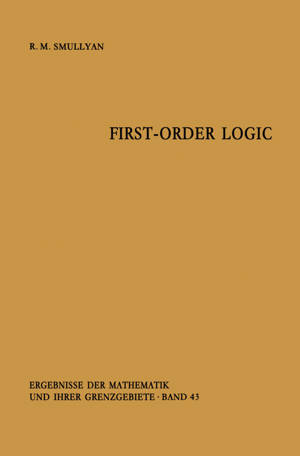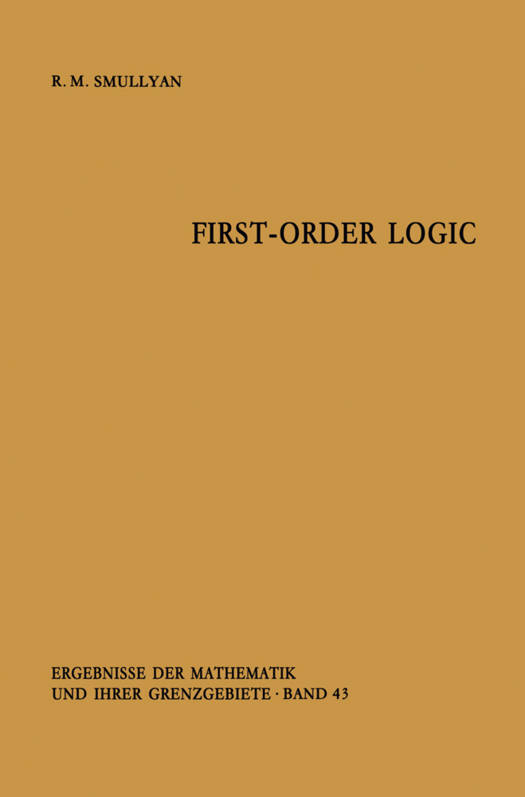
Je cadeautjes zeker op tijd in huis hebben voor de feestdagen? Kom langs in onze winkels en vind het perfecte geschenk!
- Afhalen na 1 uur in een winkel met voorraad
- Gratis thuislevering in België vanaf € 30
- Ruim aanbod met 7 miljoen producten
Je cadeautjes zeker op tijd in huis hebben voor de feestdagen? Kom langs in onze winkels en vind het perfecte geschenk!
- Afhalen na 1 uur in een winkel met voorraad
- Gratis thuislevering in België vanaf € 30
- Ruim aanbod met 7 miljoen producten
Zoeken
Omschrijving
Except for this preface, this study is completely self-contained. It is intended to serve both as an introduction to Quantification Theory and as an exposition of new results and techniques in "analytic" or "cut-free" methods. We use the term "analytic" to apply to any proof procedure which obeys the subformula principle (we think of such a procedure as "analysing" the formula into its successive components). Gentzen cut-free systems are perhaps the best known example of ana- lytic proof procedures. Natural deduction systems, though not usually analytic, can be made so (as we demonstrated in [3]). In this study, we emphasize the tableau point of view, since we are struck by its simplicity and mathematical elegance. Chapter I is completely introductory. We begin with preliminary material on trees (necessary for the tableau method), and then treat the basic syntactic and semantic fundamentals of propositional logic. We use the term "Boolean valuation" to mean any assignment of truth values to all formulas which satisfies the usual truth-table conditions for the logical connectives. Given an assignment of truth-values to all propositional variables, the truth-values of all other formulas under this assignment is usually defined by an inductive procedure. We indicate in Chapter I how this inductive definition can be made explicit-to this end we find useful the notion of a formation tree (which we discuss earlier).
Specificaties
Betrokkenen
- Auteur(s):
- Uitgeverij:
Inhoud
- Aantal bladzijden:
- 160
- Taal:
- Engels
- Reeks:
- Reeksnummer:
- nr. 43
Eigenschappen
- Productcode (EAN):
- 9783642867200
- Verschijningsdatum:
- 14/04/2012
- Uitvoering:
- Paperback
- Formaat:
- Trade paperback (VS)
- Afmetingen:
- 156 mm x 234 mm
- Gewicht:
- 254 g

Alleen bij Standaard Boekhandel
+ 167 punten op je klantenkaart van Standaard Boekhandel
Beoordelingen
We publiceren alleen reviews die voldoen aan de voorwaarden voor reviews. Bekijk onze voorwaarden voor reviews.









